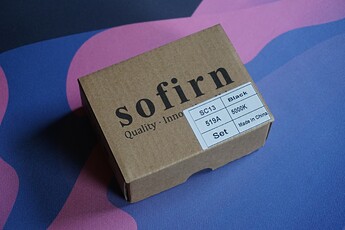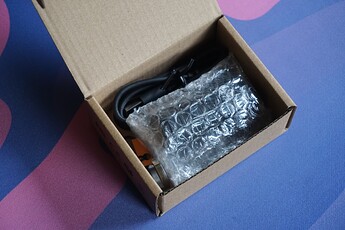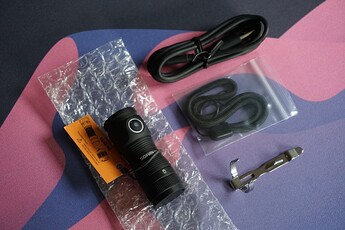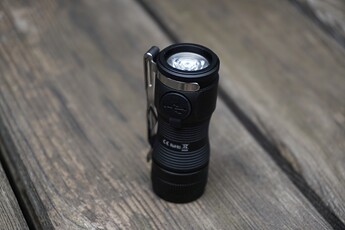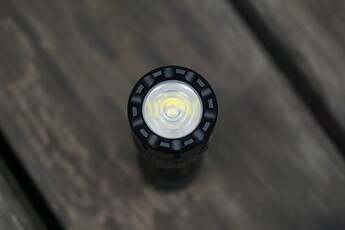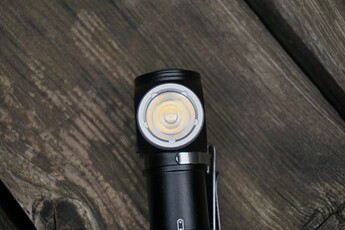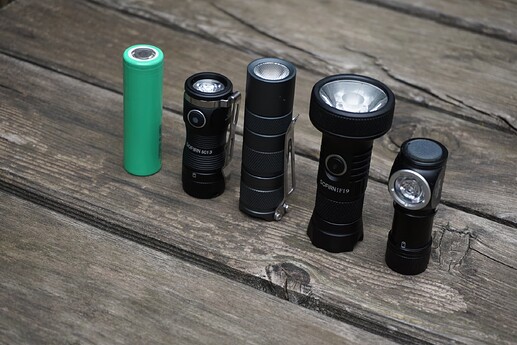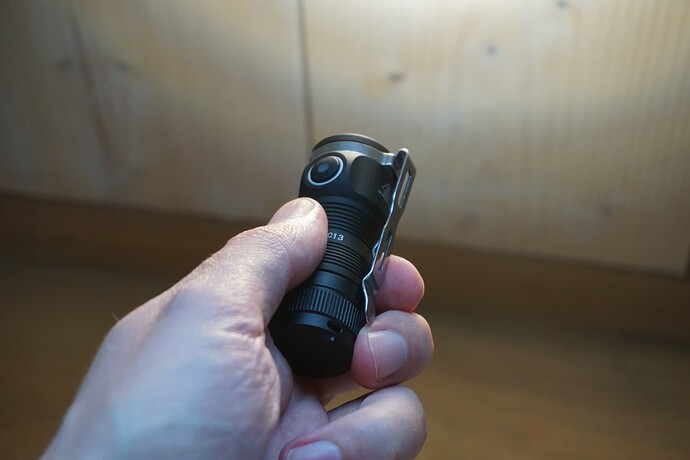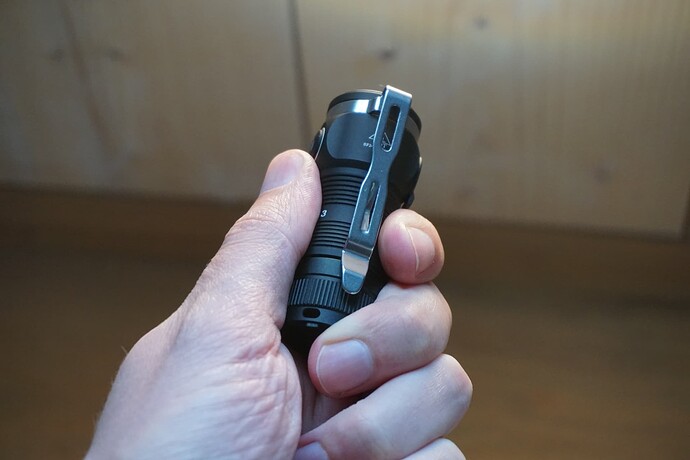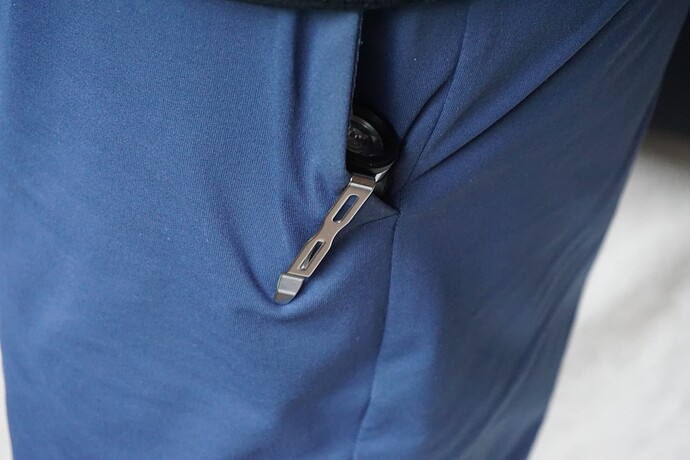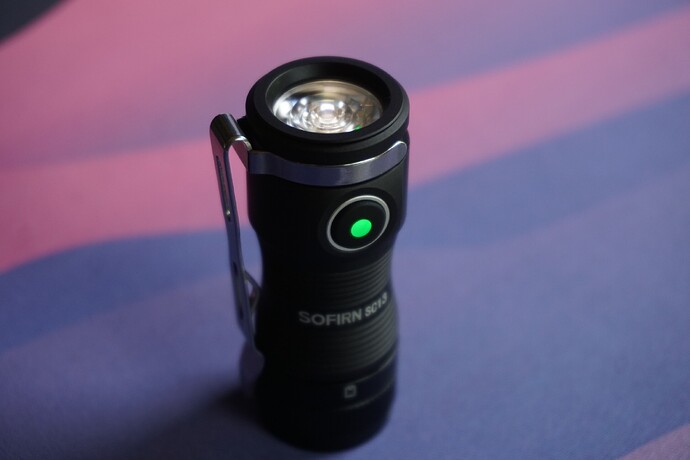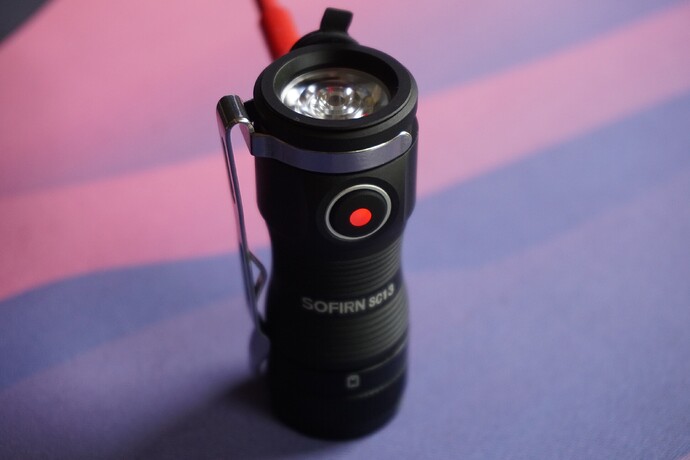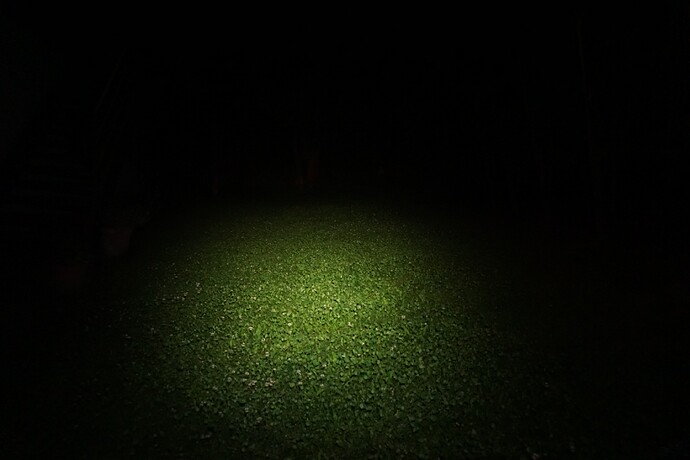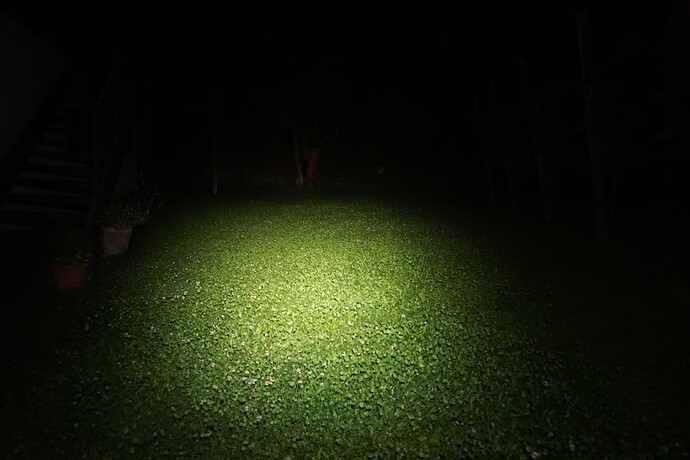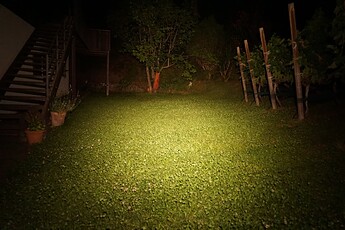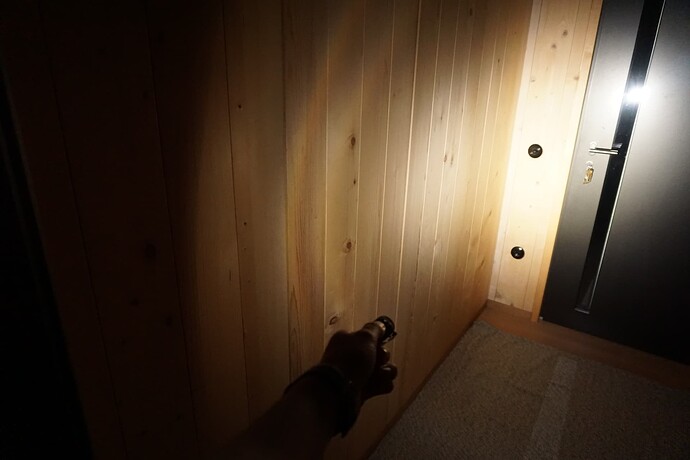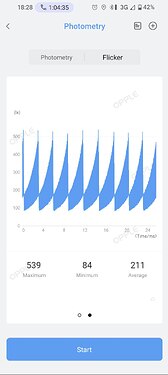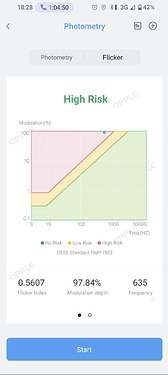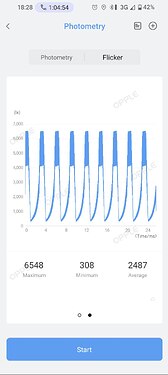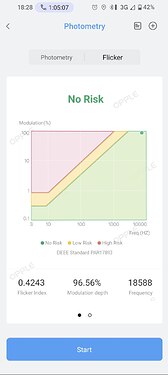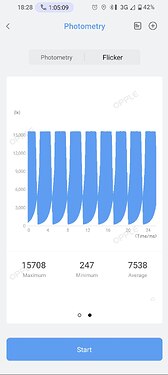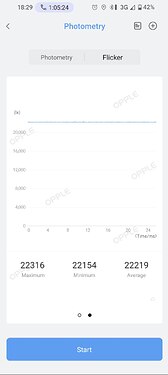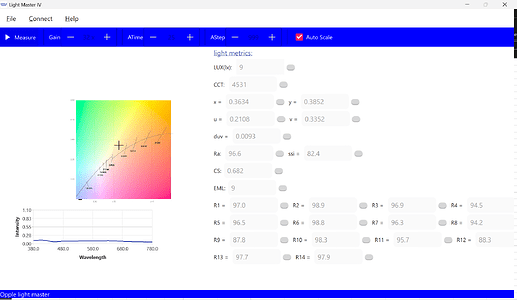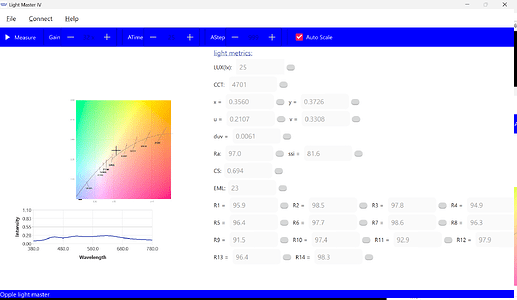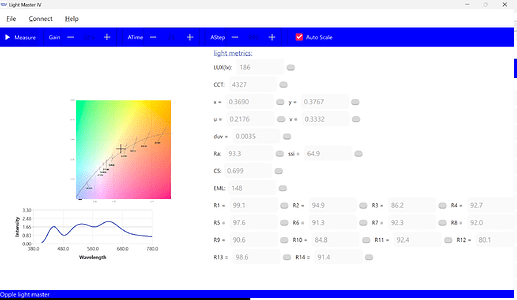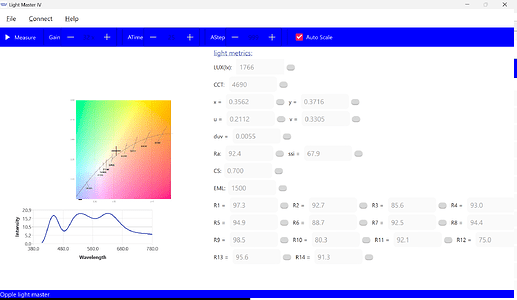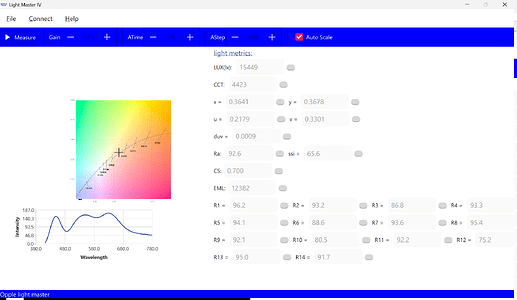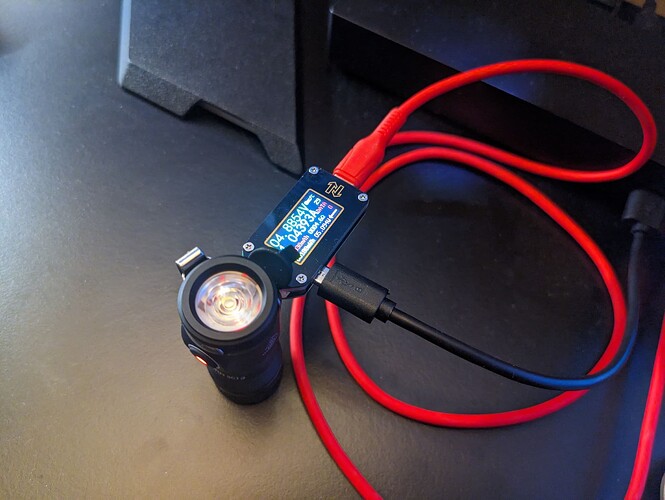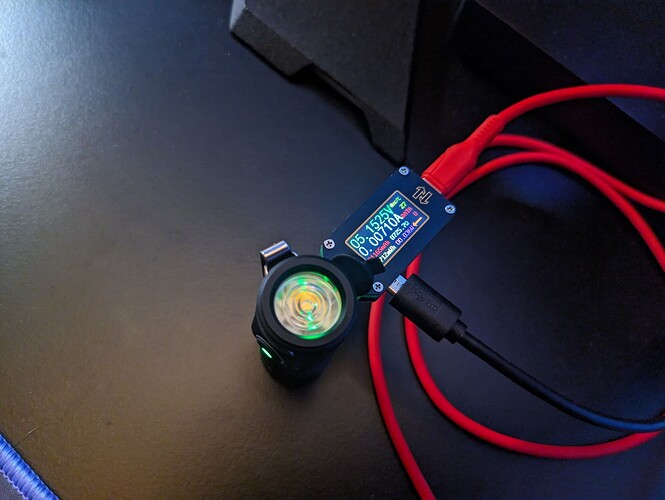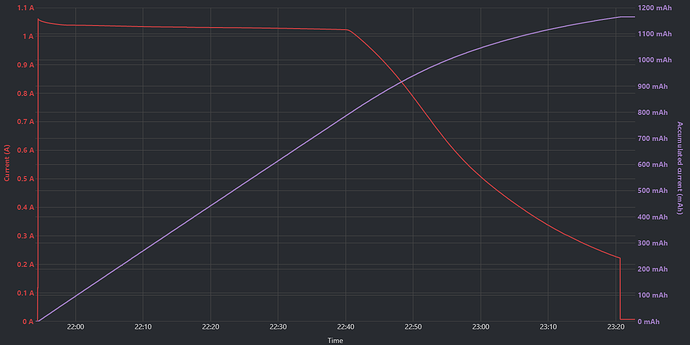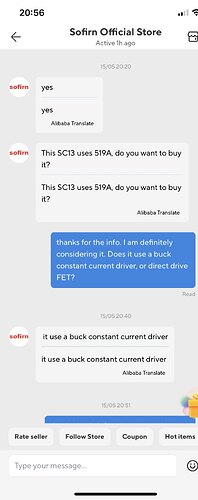Introduction
I do not think Sofirn needs much of an introduction - we all know them for their various lights - budget lights (sometimes not too popular with enthusiasts because they tend to prioritize output/brightness over CRI, DUV and regulated drivers), their “Pro” series which offer great value and an affordable entry into Anduril, their amazing lanterns, their crazy bright sodacan-hotrods, and many more.
This is an interesting review for me, personally, since Sofirn was my entry into what one could call this hobby, even if it took place years before I actually started being interested in flashlights as a hobby. The first flashlight I bought for myself was a Sofirn SP32A, which served as my EDC for years, until I eventually dropped deeper into the rabbit hole and replaced it with a newer Sofirn, before venturing on to other brands. Nonetheless, Sofirn was my entry into the hobby, and I still own and use a couple of their lights and frequently recommend them to others.
I digressed, time to return to the review. For reasons mentioned before, and because 18350 batteries are one of my favorite sizes, I was pretty excited when Sofirn announced the SC13 - one of the smallest 18350s, with integrated USB-C? Wow! Sadly it turned out to be available with a cold low CRI SST-40 only (Review by another forum member here: [Review] Sofirn SC13 – small EDC flashlight with Fresnel optic), so I held off on buying it, hoping for some more options. And, behold, Sofirn did just that. I did not think twice when @Sofirn offered me a review sample of the new SC13 with a 5000K Nichia 519A. Everyone’s favorite LED in a tiny 18350 light - how could I not be excited?
The light can be found in the Sofirn webshop at a discounted price of $21.99 right now, and Sofirn gave me an extra discount code to share with you - SC13BLF. It will drop another 30% off so you can get the light at a total of $14.69 incl battery! *
After the following disclaimers, let’s head straight into the review. This review unit was sent to me free of charge by Sofirn (thank you very much!). I was not paid for writing this review outside of free access to a sample light and have no affiliations with the brand. This review is based on a pre-production unit. I can not guarantee that the final product will look, feel or perform the same way. Packaging and box contents may change until launch.
[*] All prices checked on 2024/07/04, prices may fluctuate over time. This is not an affiliate link, and I will not earn anything from you using either this link or the code.
Specifications
| Manufacturer: | Sofirn |
|---|---|
| Model: | SC13 |
| Battery: | 18350, 1100 mAh button top included, flat top supported |
| Length: | 65 mm |
| Diameter (body): | 21-24.5 mm |
| Diameter (head): | 28 mm |
| Weight: | 65 g (incl. battery), 40 g (excl. battery) |
| LED: | 1x Nichia 519A 5000K (R9080) |
| Optic: | Fresnel lens, unknown specs |
| Button: | Side E-switch |
| UI | Sofirn proprietary |
| Other: | IP68, USB charging, magnet in tailcap, battery indicator in power button |
Packaging and contents
The packaging is very reduced. I am not sure if this is due to the light being a pre-production unit, Sofirn trying to keep costs low or trying to reduce waste. The box is made from simple brown cardboard without fancy graphics or prints, just a sofirn logo and some QR codes that link to their storefronts. You can tell that the box is used for multiple lights, as it has no model-specific prints apart from the white label stuck onto it.
The only padding on the inside is that the light itself is covered by bubblewrap. I would prefer a bit more here since we all know how delivery companies tend to play soccer with our boxes… Either way, it safely arrived to my home, without any scratches or damages, so the packaging did its job.
The contents are typical for Sofirn - we get the light itself, a clip, a simple lanyard, a USB cable and a spare o-ring. I really appreciate Sofirn including the o-rings with every light, even if their o-ring grooves are usually well designed and I have yet to break one. Gives me peace of mind, and by now I have a whole stash of them in various dimensions which comes in handy when modding lights.
The cell is already inside the battery, and (as indicated by a small label attached to the light) isolated with a small piece of cardboard which we are supposed to remove before first use.
I am a bit surprised by the lack of a manual and a warranty information card. My previous purchases from Sofirn included those. This may be due to the light being a pre-production model.
Looks and feel
Exterior
The light has a rather unique design - at least I have not seen anything like it before. This mainly originates in the very short length. The most prominent features are the Fresnel lens (more on that later) and the deep-carry clip, which is oddly enough mounted to the very front of the light, right behind the bezel. This also allows the clip to serve as a sort of mechanical lockout by rotating it to cover the button. Since this is a rather powerful light I would not fully trust that, however, and still use the software lockout or hardware lockout by losening the tailcap.
The button is made from medium-soft rubber, easy to find thanks to the raised part of the head it is on, and has a very satisfying, sharp click. It is my favorite side-switch on all Sofirn lights I tried so far.
The body itself has a concave side profile, comparable to some recent Wurkkos lights (HD10, TS10), which was probably done to lower the weight. As a nice side effect the concave shape together with the grooves wrapping around the body lead to an exceptionally good grip. None of my small flashlights feels that slip-proof in my hands, even with gloves. Very nice design. Note that this flashlight does not have a separate head and body tube - it is made from a single part.
On the opposite side of the head from the button the light has a rubber-flap covered USB port. It is big enough that most USB-C cables should fit (even my largest cables work with this light), and waterproof when covered by the rubber flap. Unlike most Sofirn lights that have slim and long flaps, this one is circular and reminds me of the Convoy S21E flap design. It is, however, not as tight as the flaps on most older Sofirns or the S21E, and even if it did not happen to me during testing, feels like it can be accidentally opened in a pocket, leading to possible water damage to the light. The clip can also be rotated to cover the flap, protecting it from accidental actuation. This is my prefered way of using the clip on this light as it gives me peace of mind.
The threads as well as the o-ring are generously lubed and opening or closing the tailcap feels smooth. I am not worried about water ingression through the o-ring with this amount of lubing.
Sofirn seems to like using this type of Fresnel lens in recent products - we have seen it in SC32 and HS10 before. It allows for significantly shorter lights if compared to traditional TIR optics or reflectors, at the expense of a slightly worse beam pattern. Fresnel lenses tend to show “rings” in the beam pattern, but as we will see later in the beamshots, they are only noticeable in wall-shots on short distances and no concern for regular use.
The lenses are not covered by glass. This makes them more prone to scratches compared to harder glass lenses, but it also makes the lights more robust against shattering upon being dropped on hard surfaces. Sadly the bezel is pressed in can can most likely not be easily removed. Since this light has a nice 519A as a default LED, this is okay.
Size comparison
In order to help judging the size of the light, I took some pictures next to an unprotected Samsung 21700 cell, a Sofirn IF19 and a Convoy S2+ (both with 18350 battery tube) and a Sofirn HS10 (16340 sized headlamp). This shows just how small this light really is. The S2+ looks huge next to it and even the 16340 sized HS10 angle light is barely thinner and actually longer.
Ergonomics
The light is very short, which means you can not hold it in your fist like a longer light. Sofirn did, however, do their job well - the slightly uncommon shape of the body is very well suited for a grip as shown in the pictures. I have no problems getting a firm grip on the light like this, and never felt like it slips from my hands or similar.
The clip allows for a very deep carry, even if sadly only lens up, not lens down. I prefer single sided clips over double sided most of the time - at least single sided clips work well in one direction, instead of working badly in two directions. I am afraid people who want to carry their lights lens-down will not be happy about the clip design, however.
Using the clip to protect the battery flap can lead to the flap getting caught on the pants or belt you are trying to clip it into, and either block the light from entering all the way, or opening the flap. If you plan to use the clip as a clip, better not use it to protect the flap.
The tailcap magnet does its job. Not much else to say there. The light is held firmly onto any steel surface, but not too strong so it would be difficult to pull back off.
UI
Controls
This light uses a slight variation of Sofirns usual proprietary UI. I wish they would make less different versions of it - having slight differences between all my Sofirn lights keeps confusing me. I will try sketching it out in the shape of a simple diagram. It is explained in the manual in more detail.
- Off
1H: Moonlight1H: On1C: Off2C: Turbo
1C: On1H: Change brightness (stepped ramp, wraps from top back to bottom)1C: Off2C: Turbo
2C: Turbo1H: Switch to regular on1C: Switch to previous mode (either off or regular on)2C: Switch to strobe1H: Switch to regular on1C: Switch to previous mode (either off or regular on)2C: Switch to turbo
3C: Lockout1H: Momentary moonlight3C: Exit lockout
The 3C for lockout is fairly unusual to me, but works well enough. Hiding strobe inside the turbo menu is IMO a good option, and I like it better than having it on 3C as most other Sofirn lights. Being able to go from turbo either to the previous mode (off or on, depending from how the turbo was entered) or to the regular brightness ramp is a nice touch. I like it. All in all, this is a solid and nice UI. I could not find any shortcut that would allow smooth ramping, which is a pity, and there is no (optional or mandatory) auto lockout.
Indicator LED
The indicator LED is a greeen/red two color LED inside the button. It is always off when the light is off, and turns on for about 5 seconds when turning on the light. From 70-100% it will be green, from 30-70% it will be red, and only when the light goes below 30% it will flash red. When charging, red means charging and green means charge is complete. The indicator is clearly visible, but dim enough not to be a nuisance in the dark.
Beamshots
I am still bad at beamshots. Sorry. For this I set the camera to 5000K AWB, and adjusted exposure until the image on the screen roughly reflected how the scene presented itself to me. Overall, Levels 2 and 3 are good brightness levels to walk in the dark, illuminating the area around you well (better than it seems on the pictures). On Turbo the tiny light gets a lot of light down range, and even has decent throw (~15 meter distance to the tree which was brightly illuminated) for a small pocket light. The Fresnel rings are barely visible outdoors, and the beam shape is a bit similar to a semi-throwy TIR, but with less spill.
As a comparison, I added a picture of the Convoy S2+ at full brightness (6 V 2A to a Nichia B35AM 3500K with TIR lens). The S2+ is a whole lot more floody and has less throw. Also, it runs at quite a bit higher power than the SC13 which it can dissipate better due to being a lot larger.
Indoors however the rings are rather obvious. This came as a surprise to me, as they are less visible on the SC32 - maybe the different emitters work differently with the Fresnel lens. While they are visible, they have however not bothered me, personally. I have seen worse (harder and stronger) rings on some emitter-reflector mismatches.
For walking outdoors I like using the light on Level 3 (the highest non-turbo). In this mode it is bright enough to illuminate the way, but gets barely warm at all. A very well chosen brightness level. The beam artifacts are barely visible if it all if outdoors.
Technical analysis
Since this light has a pressed in bezel, I could not really disassemble it to access any of the internals. The driver seems to be connected to the MCPCB via metal tabs, that also hold it in place. This means, once you reach the MCPCB and desolder those tabs, the driver should probably fall out the bottom. I have not tried, and am not planning to try, since I am afraid of breaking the bezel or lens in the process.
Inside we can see some smaller SMD components of unknown function, and a TP4056 battery charging IC (the 8-pin SMD chip). This is a proven and widely used cheap battery charger, known for reliable operation.
Power consumption and measurements
When Sofirn announced a new SC13 model I had originally hoped for a Buck driver, or at least a regulated one. Sadly that is not the case, as can be seen in the table below. No mode is stabilized, which suggests that this is a pure FET light, not even a FET+1 driver.
The idle draw was measured with a Brymen BM235 in the uA range, the moonlight draw in mA range, while all other measurements were taken with the Riden RD6006P-W lab PSU directly. I have previously tested the accuracy of this power supply unit with both the Brymen BM235 and a Fluke 177 and results were always within the accuracy margins of both quality multimeters, therefore I trust the readouts of the lab PSU to be accurate.
The power draw in idle is rather high with up to 17 uA, but this may be an issue with my setup. I have no explanation for this, but when powered with the lab PSU I repeatably measured the values indicated below, when powered with the original 18350 cell I measured 8 uA (cell almost full). This is a lot closer to the expected value. Either way, it does not matter - 17 uA would still result in well over 7 years until the battery is discharged, and at that point battery cell self-discharge is a significantly bigger issue than the idle draw from the flashlight.
At 3.2 V the light starts flashing red (which leads to an increase in current in moonlight mode ^^) and throttling heavily. The lower power draw in 3.2 V and below is not caused by the unregulated driver, but by the flashlight actively throttling (after a short moment of regular brightness) to preserve the battery. This is a useful feature, as it extends usable battery life in emergency situations where little light is better than none. Some other Sofirn lights exhibit the same behavior.
| Mode | 4.2 V | 4 V | 3.8 V | 3.6 V | 3.4 V | 3.2 V | 3 V | 2.8 V |
|---|---|---|---|---|---|---|---|---|
| Off | 17 uA | 16.4 uA | 16.0 uA | 15.4 uA | 15.0 uA | 14.4 uA | 13.9 uA | 13.4 uA |
| Moonlight | 6.0 mA | 5.6 mA | 5.1 mA | 4.7 mA | 4.2 mA | 4.9 mA | 4.2 mA | 3.5 mA |
| Step 1 | 35 mA | 30 mA | 25 mA | 20 mA | 16 mA | 12 mA | 10 mA | 6 mA |
| Step 2 | 460 mA | 410 mA | 350 mA | 294 mA | 232 mA | 95 mA | 60 mA | 27 mA |
| Step 3 | 1280 mA | 1110 mA | 950 mA | 754 mA | 578 mA | 220 mA | 140 mA | 65 mA |
| Turbo: | 3750 mA | 3250 mA | 2750 mA | 2280 mA | 1780 mA | 410 mA | 260 mA | 118 mA |
The Opple measurements show a few surprises - first the CCT being rather low for 5000K. Second, a positive DUV on a 519A. Keep in mind, the Opple LM4 is not a spectrometer, but a multi-band-sensor - it reconstructs spectra using a mathematical model and does not measure them directly. This leads to some inaccuracies, especially with DUV and CRI/R9. I did compare this light to a SFT40 5000K R70, and it does indeed appear greener than the SFT40 to me in a direct comparison, but I never noticed it in actual use so far. CRI and R9 are both a bit higher than specced (CRI 90 and R9 80), but 519As are known to exceed their specsheet values, and the Opple LM4 tends to measure them a bit higher than it should as well.
The flicker confirms the expectations from the previous measurement - it is a full PWM light indeed. Moonlight seems to be solid on with a series resistor, and turbo is direct drive, so those have no flicker and the frequency and depth comes from measurement noise. Step 3 suddenly shows a lower frequency, which seems to be caused by some intermodulation effects between scan rate of the LM4 and the PWM frequency (Nyquist and Shannon say hello) - I am fairly positve the PWM frequency is ~18600 Hz throughout the entire range. While I would prefer zero flicker, this is at least a sufficiently high frequency that it should not cause any issues outside of light painting.
| Mode | Lux | CCT | DUV | RA | R9 | Flicker | Depth | Freq |
|---|---|---|---|---|---|---|---|---|
| Off | 9 | NA | NA | NA | NA | NA | NA | NA |
| Moonlight | 25 | 4701 | 0.0061 | 97 | 91.5 | 0.0144 | 7.82% | 3058 Hz |
| Step 1 | 186 | 4327 | 0.0035 | 93.3 | 90.6 | 0.2268 | 70.43% | 18585 Hz |
| Step 2 | 1766 | 4690 | 0.0055 | 92.4 | 98.5 | 0.5607 | 97.84% | 635 Hz |
| Step 3 | 6921 | 4651 | 0.0059 | 92.8 | 96.7 | 0.4243 | 96.56% | 18588 Hz |
| turbo | 15449 | 4423 | 0.0009 | 92.6 | 92.1 | 0.0015 | 0.29% | 3939 Hz |
This is a spectrum recorded in Step 3. The others looked similar, with only minimal changes. Keep in mind, it is reconstructed and not directly measured.
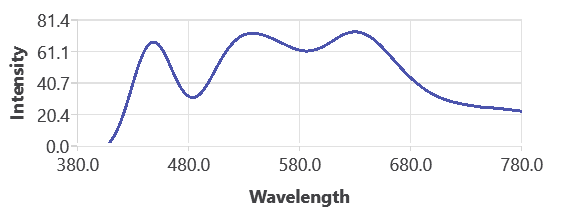
The full reports are hidden away behind spoiler tags to avoid making you scroll for 5 minutes, and since most won’t care - I only included them for completion.
Integrated battery charging
In order to test the integrated charging, I let the light run down until it hit LVP and measured battery voltage (2.75 V). I then connected it to a USB-C charger (USB-C to USB-C works!) and logged the charging with a Riden TC66C. It began around 100 mA, quickly jumped to 1 A as soon as the cell reached 3 V, and then gradually lowered once the CV phase of charging began, until the charge terminated at 4.178 V. This is expected behavior for those familiar with TP4056, no complaints there. good choice of charging chip. 1 A into a 1100 mAh battery is a bit on the higher side, but I would still expect 500+ cycles from it at that charging current. That is plenty for a flashlight, and 18350 cells (even those with better specs than the one included with this light) are very affordable.
Verdict
This light is a strange one. Not only because it has a very unique shape, but because it tends to do a bridge between enthusiast lights and budget lights. Usually you have enthusiast lights with fancy drivers, features and LEDs, and budget lights with cheap LEDs and bad drivers. This light… Can’t really decide which it wants to be. It combines a very basic driver with one of the best LEDs on the market right now. It has nice features, like the magnetic tailcap and USB charging. It has an amazing button. And it has a very EDC-able form factor. But it is priced like a budget light. Especially right now with the regular discount and the BLC discount code stacking, it is incredibly cheap.
Hardcore enthusiasts may not like the proprietary (although well done) UI and the inefficient and PWM-ing FET driver. But, hands down, if these make it possible to sell a light with top notch machining and a Nichia 519A for such a price - I think it is worthwhile compromises. We all have friends who want a light that is supposed to be cheap, have USB, and we just can’t recommend them something with a bad LED. Recommend them this light. They will love it, and you won’t get a headache when you see the beams ![]()
I think Sofirn filled a niche that is worth filling with this light, even though I still kinda wish it came with a regulated Anduril driver for 2$ more. If it did, I would recommend it without any second thoughts. The FET driver… It is not great, but let’s be honest, it gets the job done. On the other hand, the very simple and intuitive UI makes this a great light for non-enthusiasts and new people.
In the end it is a tiny EDC light, no light you will use for extended periods of time, or for any demanding tasks. It fits your pocket, it has a great LED and it gets the job done - for a very low price. So, yeah. I like this light. But it really is a strange one, sitting in the limbo of not being a generic consumer light, but also not being a true enthusiast light. It has the potential of pleasing both groups, and I will definitely recommend it to people who ask me about a simple and affordable EDC.
Pro:
- Nichia 519A - best high CRI allrounder out there imo
- Good low voltage protection
- Integrated charging works well
- E-Switch feels great
- Tiny
- Comfortable to hold and very grippy despite being small
- Very solid deep-carry pocket clip
- Magnetic tailcap is handy
- Great value
Neutral:
- Slightly green (might be my imagination fueled by Opple error)
- Fresnel lens throws some rings, but allows for the tiny size
- Pressed bezel makes LED non-swappable, but helps with the size
- No Anduril, but a very intuitive and well-designed UI (perfect for non-enthusiasts who do not want a light that requires a university degree in buttonpressology)
Con:
- Unregulated FET driver
- Lanyard interferes with magnetic tailcap
- Clip allows for lens-up-carry only
- USB-C flap could sit a bit tighter
Edit history
- 2024-07-04, 23:35 CEST: Initial release
- 2024-07-04, 23:45 CEST: Added a short paragraph about thread/oring lubrication
- 2024-07-04, 23:50 CEST: Fixed missing 0 in indicator description
- 2024-07-06, 00:30 CEST: Added link to SC13 SST40 review by SammysHP
